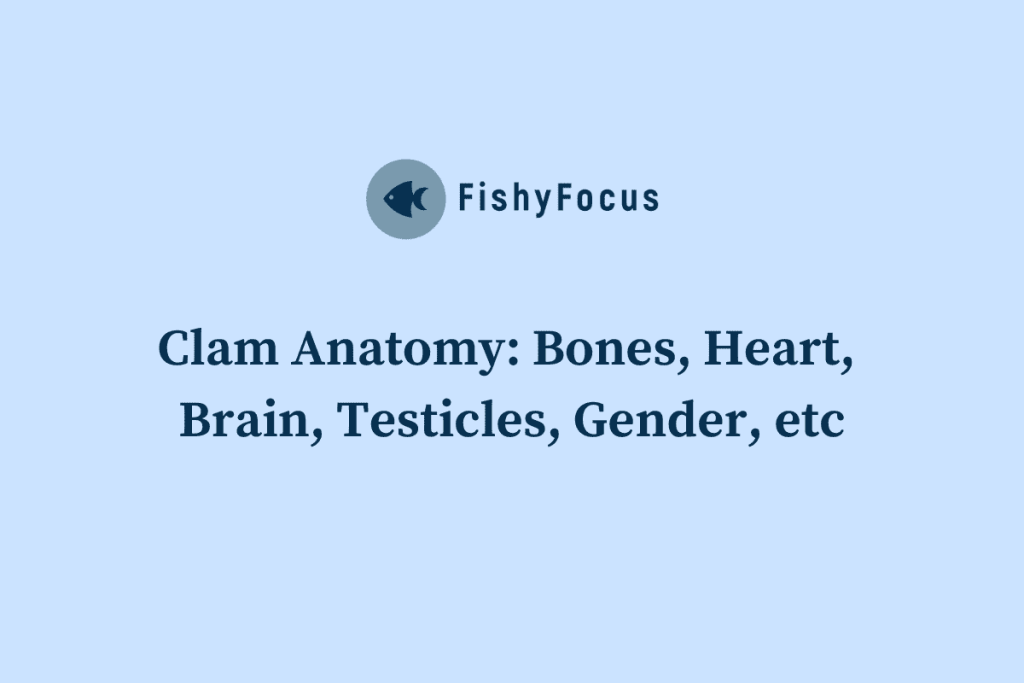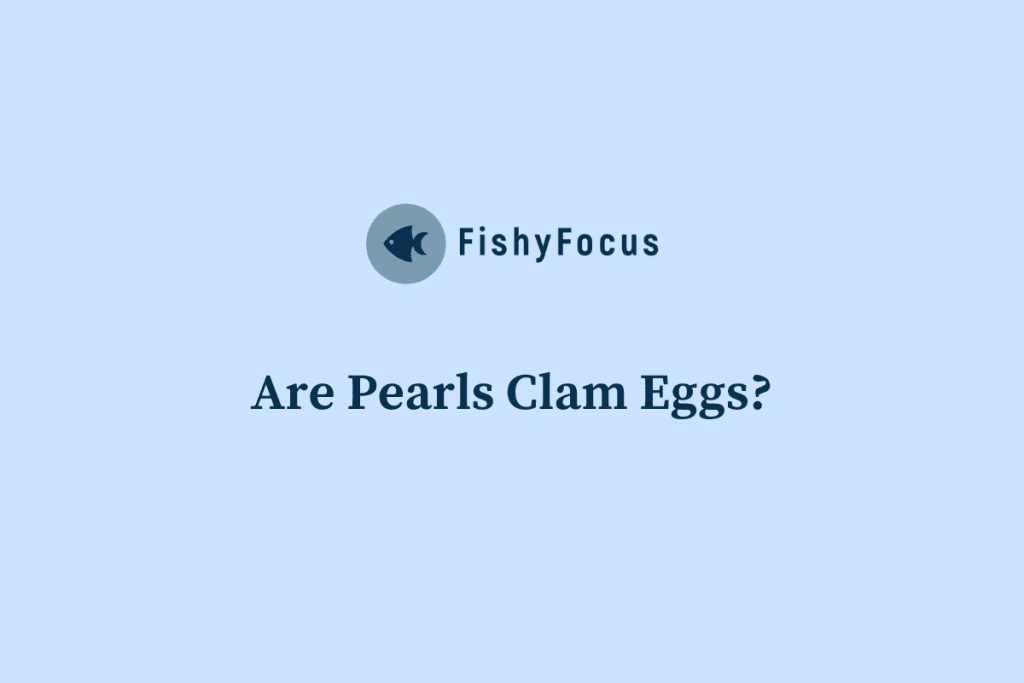Clams are a type of bivalve mollusk that can be found in both saltwater and freshwater environments. They are known for their hard shells and soft bodies, and they play a crucial role in ecosystems around the world. Clams are filter feeders, meaning they extract food particles from the water by pumping it through their gills. This process not only helps them obtain nutrients, but it also helps to filter and clean the water, making it healthier for other organisms.
Key Takeaways
- Clams are bivalve mollusks that are found in both saltwater and freshwater environments.
- Freshwater clams are adapted to living in rivers, lakes, and streams, and play an important role in freshwater ecosystems.
- Freshwater ecosystems are complex and diverse, and provide a range of habitats for different species of clams.
- Clams are able to adapt to changes in their environment, but are also vulnerable to pollution, habitat destruction, and other factors.
- Raising clams in freshwater can be challenging, but with the right techniques and management practices, it can be a promising and sustainable way to support local ecosystems.
Clams and their Natural Habitat
Clams can be found in a variety of habitats, including oceans, lakes, rivers, and even underground aquifers. They are typically found in sandy or muddy substrates, where they can burrow themselves to protect against predators and harsh environmental conditions. Clams are an important part of the ecosystem because they provide food for other organisms, such as birds, fish, and even humans. Additionally, their burrowing activities help to aerate the sediment and improve its quality.
Freshwater Ecosystems
Freshwater ecosystems are bodies of water that contain low levels of salt, such as lakes, rivers, and streams. These ecosystems are home to a wide variety of plants and animals, including clams. Freshwater ecosystems are incredibly important for several reasons. Firstly, they provide a source of drinking water for humans and other animals. Secondly, they support a diverse range of species, many of which are unique to freshwater environments. Finally, freshwater ecosystems play a crucial role in regulating the Earth’s climate by storing and cycling water.
Adaptability of Clams to Freshwater
Clams have adapted to freshwater environments in several ways. One of the most significant adaptations is their ability to regulate their internal salt concentration. In saltwater environments, clams have higher salt concentrations in their bodies than the surrounding water. However, in freshwater environments where the salt concentration is lower, clams are able to excrete excess salt and maintain a balance. This adaptation allows clams to survive and thrive in freshwater habitats.
The ability of clams to filter feed is another adaptation that has allowed them to thrive in freshwater environments. By pumping water through their gills and extracting food particles, clams are able to obtain nutrients from the water. This adaptation not only helps them obtain food, but it also helps to filter and clean the water, making it healthier for other organisms in the ecosystem.
Differences between Saltwater and Freshwater Clams
While saltwater and freshwater clams share many similarities, there are also some key differences between the two. One of the main differences is their physical characteristics. Saltwater clams tend to have thicker shells and stronger muscles, as they need to withstand the higher pressures and currents of the ocean. Freshwater clams, on the other hand, have thinner shells and weaker muscles, as they do not face the same environmental challenges.
Behaviorally, saltwater clams are more mobile than their freshwater counterparts. Saltwater clams can use their strong muscles to move around and reposition themselves in response to changing environmental conditions. Freshwater clams, on the other hand, are more sedentary and rely on their ability to burrow into the substrate for protection.
Factors that Affect Clams in Freshwater
There are several factors that can impact clams in freshwater ecosystems. One of the main factors is water quality. Clams are highly sensitive to changes in water quality, particularly changes in temperature, pH levels, and pollution levels. Any significant changes in these factors can have a negative impact on the health and survival of clams.
Another factor that can affect clams in freshwater ecosystems is predation. Clams are a food source for many organisms, including birds, fish, and even other mollusks. If predation levels are too high, it can lead to a decline in clam populations and disrupt the balance of the ecosystem.
Benefits of Clams in Freshwater Ecosystems
Despite the challenges they face, clams play a crucial role in freshwater ecosystems and provide several benefits. One of the main benefits is their ability to filter and clean the water. As filter feeders, clams help to remove excess nutrients, sediment, and pollutants from the water, improving its quality and making it healthier for other organisms.
Clams also contribute to the health and balance of freshwater ecosystems by providing food for other organisms. Birds, fish, and other animals rely on clams as a source of nutrition, and their presence helps to support a diverse range of species in the ecosystem.
Challenges of Raising Clams in Freshwater
Raising clams in freshwater environments can be challenging due to several factors. One of the main challenges is ensuring water quality. Clams are highly sensitive to changes in water quality, so it is important to monitor and maintain optimal conditions for their survival. This includes maintaining stable temperature and pH levels, as well as minimizing pollution and sedimentation.
Another challenge is predation. Clams are a food source for many organisms, so it is important to protect them from predators. This can be done by providing them with suitable hiding places or using physical barriers to prevent access by predators.
Tips for Raising Clams in Freshwater
There are several tips that can help ensure the health and survival of clams in freshwater environments. Firstly, it is important to monitor and maintain optimal water quality conditions. This includes regularly testing water parameters such as temperature, pH levels, and oxygen levels, and making any necessary adjustments.
Secondly, providing suitable substrate for clams to burrow into is important. This can be achieved by using sand or gravel substrates that mimic their natural habitat. Additionally, providing hiding places such as rocks or logs can help protect clams from predators.
Clams in Freshwater – A Promising Future
Clams play a crucial role in freshwater ecosystems and provide several benefits. Their ability to filter and clean the water helps to improve its quality and make it healthier for other organisms. Additionally, clams provide a source of food for many organisms, contributing to the health and balance of the ecosystem.
While there are challenges associated with raising clams in freshwater environments, with proper care and management, they can thrive and contribute to the health of the ecosystem. As freshwater ecosystems continue to face threats such as pollution and habitat loss, the role of clams in maintaining their health and balance will become even more important. By understanding and appreciating the importance of clams in freshwater ecosystems, we can work towards ensuring their survival and the preservation of these valuable habitats.
FAQs
What are clams?
Clams are bivalve mollusks that live in marine and freshwater environments. They have two shells that protect their soft body and are filter feeders.
Can clams live in freshwater?
Yes, some species of clams can live in freshwater. However, not all species can tolerate the low salinity levels found in freshwater environments.
What types of freshwater environments can clams live in?
Clams can live in a variety of freshwater environments, including rivers, lakes, ponds, and streams. They prefer areas with sandy or muddy bottoms where they can bury themselves.
What are some freshwater clam species?
Some freshwater clam species include the Asian clam, the eastern elliptio, the western ridged mussel, and the giant floater.
What do freshwater clams eat?
Freshwater clams are filter feeders and eat small particles and plankton that they filter from the water using their gills.
Are freshwater clams safe to eat?
Some species of freshwater clams are safe to eat, but others can be contaminated with harmful bacteria or toxins. It is important to check with local authorities before consuming freshwater clams.



